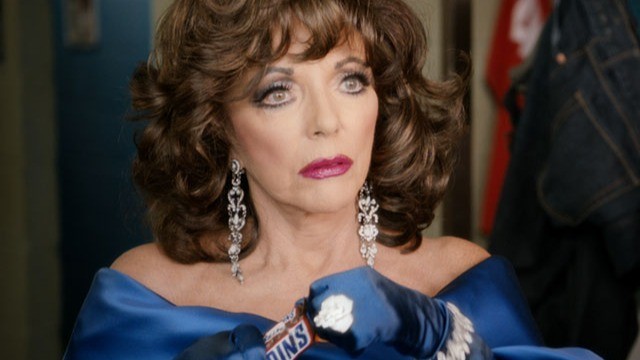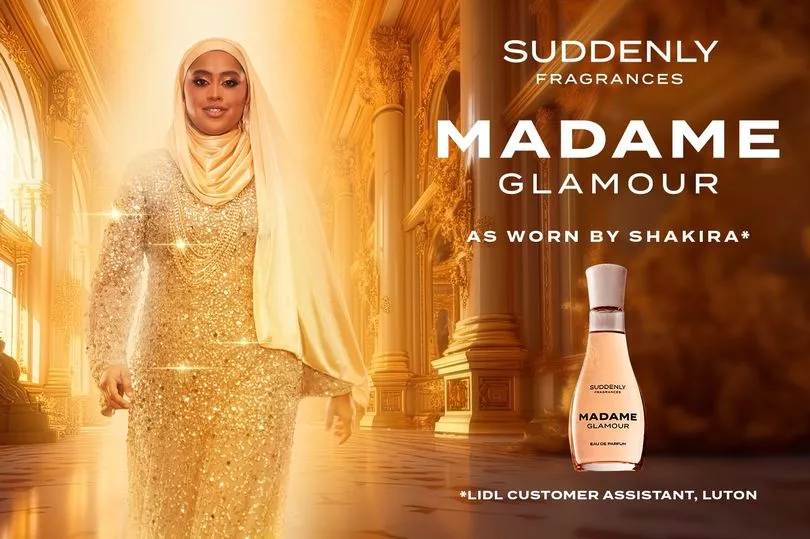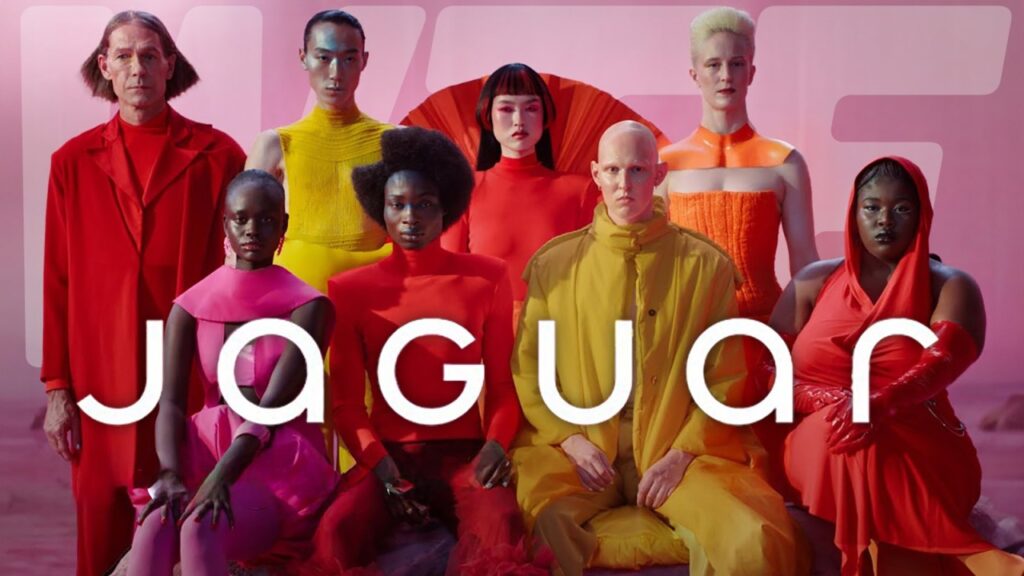What one candy bar taught us about human behavior, global marketing, and why a bit of wit can go a long way
You’ve probably been there, snapping at someone for no good reason, only to later realize you were “Hangry”. Maybe it was that moment in a meeting, or snapping at a friend over something trivial, and then realizing your empty stomach was the real culprit.
It’s a universal experience. That sudden switch from calm to cranky, the foggy thinking, the irritability. We’ve all felt it, but few brands ever acknowledged it so openly, so cleverly, and so memorably as Snickers did.
When they launched “You’re Not You When You’re Hungry” back in 2010, it was more than just a slogan. It was a mirror reflecting something everyone knows but rarely talks about in ads, the way hunger messes with your personality.
This campaign didn’t just sell candy bars. It turned a simple truth into a global phenomenon that redefined how we think about hunger, humor, and brand storytelling.

A Chocolate bar in crisis
Snickers has been around since 1930. For decades, it carved out a strong niche as a hearty, filling snack. It had mass-market appeal, yes, but by the late 2000s, that edge was fading.
Sales were dipping. In the U.S., household penetration had slowed. Globally, the messaging was disjointed. Different markets were running different types of ads with inconsistent tones. Creatively, the brand felt like it had hit a wall. The longstanding image of Snickers as “the bar for manly men” wasn’t cutting through the noise anymore.
Mars, the parent company, realized they didn’t need to change the product. They needed to reset the story. So they looked for something new, something everyone could get behind. They found it in a question so obvious it had been hiding in plain sight:
What happens when people get hungry?
They turn into monsters. Or babies. Or Betty White.
The simple insight that sparked a global shift
The beauty of the “You’re Not You When You’re Hungry” campaign is how obvious it is. But sometimes, the most powerful ideas are the ones that feel like common sense after someone else says them.
Hunger changes people. We all know that. But Snickers was the first brand to really say it out loud, and then dramatize it in the most ridiculous, entertaining way possible.
The premise? When you’re hungry, you’re not yourself. Have a Snickers and snap out of it.
The campaign launched during the 2010 Super Bowl with a now-legendary commercial. Betty White, playing football, gets tackled hard. “Mike, you’re playing like Betty White out there.” One bite of Snickers later, Mike returns to form.
The ad struck gold. It was absurd. It was funny. But more importantly, it was true. Because the core idea was so intuitive, it spread like wildfire.
What Happened Next Was Kind of Insane
If this had been a one-off gag, it would’ve been a great Super Bowl moment. But this thing snowballed.
- Global sales shot up 15.9% in the first year
- Total global lift over two years? $376 million
- Snickers became the top-selling chocolate bar in the world by 2012
- They gained market share in 56 of 58 countries where the campaign ran
- In the U.S., single-bar sales climbed 13.4%
- Google searches for Snickers exploded by 18,000% post-launch
Let’s pause on that: 18,000%. That’s not buzz. That’s chaos.
And they didn’t touch the recipe. No new ingredients. No limited edition gimmicks. Just smart marketing that people actually wanted to watch and talk about.
How they pulled it off and why it worked so well
1. The Truth Everyone Recognizes Instantly
This was never a campaign built on data points or obscure insights. It was built on real human behavior. We all get irritable when we’re hungry. But framing that change in personality as literally becoming someone else was the magic move.
Snickers took that truth and turned it into a joke everyone’s in on.
2. Humor Without Humiliation
So many ads try to be funny by punching down or forcing it. Snickers made fun of people’s worst moods but always with a wink. Joe Pesci throwing a tantrum at a party. Mr. Bean messing up a ninja mission. Robin Williams as a spaced-out football coach.
It was ridiculous but not cruel. That’s the line, and Snickers walked it perfectly.
3. The Genius of the Fluent Device
They didn’t just make funny commercials. They created a format, one they could use over and over without it getting stale.
The setup was always the same. Someone’s acting weird. Someone else offers them a Snickers. Suddenly, they’re back to normal. It’s comforting. You see the format, and you know what’s coming, but you still want to see how they’ll pull it off this time.
This gave Snickers something that’s hard to build: consistency and flexibility.
4. Global Strategy, Local Flavor
One of the smartest things they did was localize the idea without breaking the core.
In the UK, it was Mr. Bean. In India, MS Dhoni. In Australia, they created the “Hungerithm,” adjusting prices based on online mood.
They respected cultural context but stayed true to the format. That’s how you scale an idea without losing its soul.
5. No Feature Dumping, No Wasted Words
Snickers didn’t waste a second describing the ingredients. No talk of nougat. No caramel close-ups. No lines about satisfying cravings.
Instead, they owned a moment—the feeling of being off your game. That moment now belongs to Snickers.
And that’s a kind of positioning money usually can’t buy.

They Even Made It Social Organically
You didn’t need a hashtag to remember this campaign. But they still played smart.
- “Hunger Bar” wrappers replaced the logo with mood words like “Grouchy” or “Snippy”
- UK celebs tweeted strange things, then blamed hunger and posted a Snickers
- Experiential stunts, like “Hangry Buses,” gave out bars during rush hour
- In Brazil, a 2024 campaign mocked AI fails caused by hunger confusion
Every move added depth, not noise.
Eight lessons I took with me
1. Build Around a Human Truth
If your campaign can’t be explained in one sentence, you’re probably doing too much. This one? “You’re not you when you’re hungry.” That’s it.
2. Make People Laugh, Not Cringe
Humor isn’t about being edgy. It’s about being relatable. The Snickers jokes landed because we’ve all been that person.
3. Create a Format, Not Just an Ad
A great format outlives a single execution. It becomes a reusable asset. The Snickers formula didn’t get old; it got anticipated.
4. Avoid the Obvious Stuff
Product specs are boring. What matters is how your product fits into a person’s life. Snickers nailed the emotional timing of their use case.
5. Pick Your Moment Wisely
Launching during the Super Bowl was gutsy and expensive. But it worked. If you’ve got something good, make sure people see it.
6. Say Something Worth Repeating
“You’re not you when you’re hungry” became a meme, a punchline, even a piece of advice. That kind of cultural stickiness is rare.
7. Stick With It
Too many brands chase novelty. Snickers found a goldmine and stuck with it, then evolved it without blowing it up.
8. Turn Buying Into Social Behavior
They made Snickers a thing you could give someone to lighten the mood. That’s way more powerful than a discount coupon.
What today’s marketers should actually pay attention to
Yes, platforms change. Yes, algorithms shift. But good ideas cut through no matter where you place them.
This campaign didn’t rely on trends or tech. It relied on being understood.
People are busy. They don’t want to decode your message. Snickers gave them something so simple and so funny they remembered it and passed it on.
And when that happens, your job as a marketer gets a whole lot easier.
Final Thought: The clever stuff is often the simplest
This campaign didn’t invent a new behavior. It reflected a universal one and made it laugh-out-loud entertaining.
No feature lists. No abstract metaphors. No overthinking. Just a truth, well told, with a wink.
That’s why “You’re not you when you’re hungry” still lands after all these years. It’s not dated. It’s not tired. It’s just right.
And in a world obsessed with shiny new ideas, that kind of grounded, funny, relatable thinking might be the smartest move of all.




